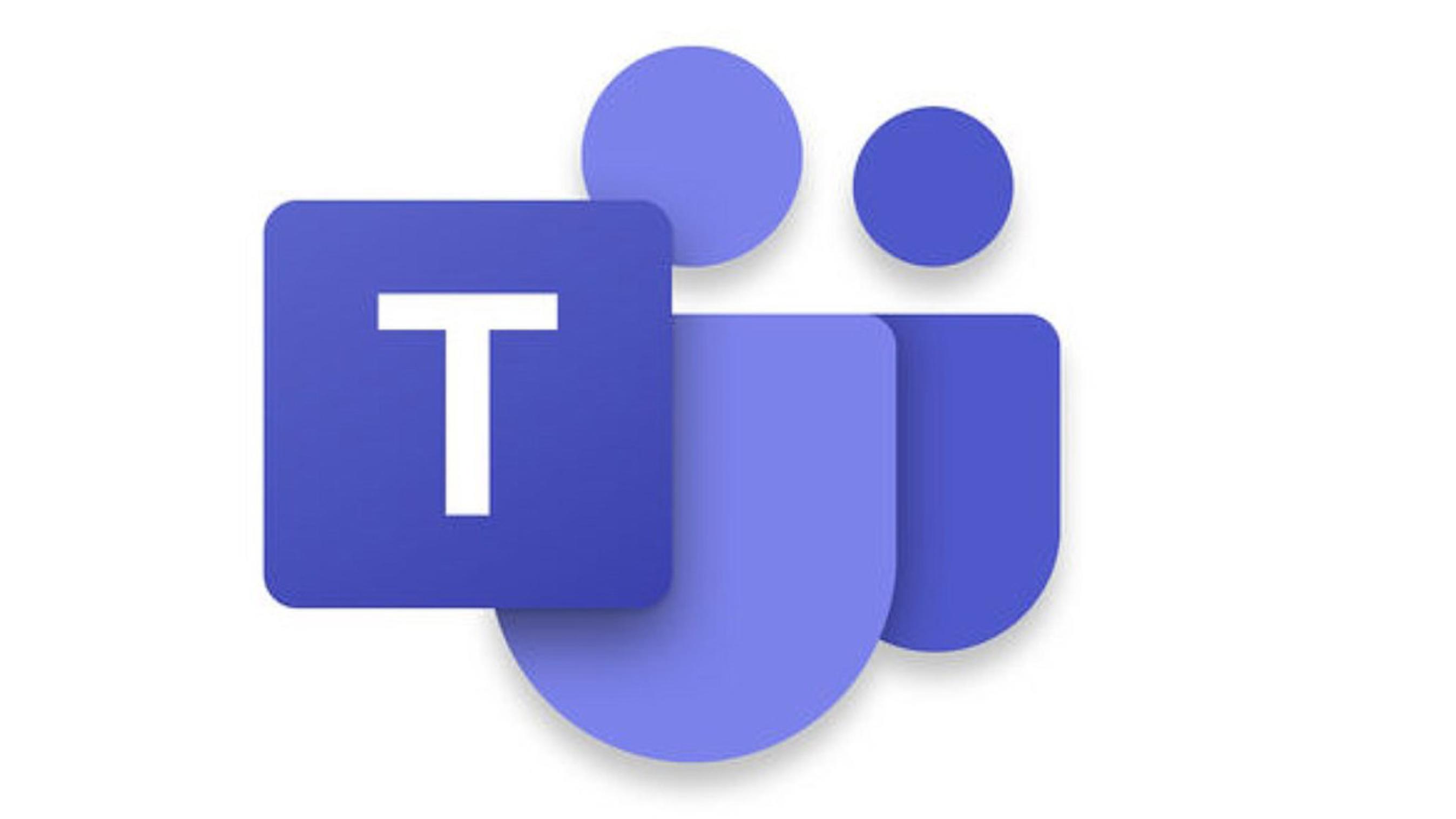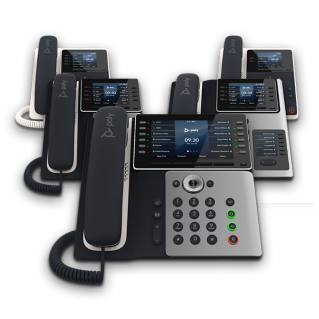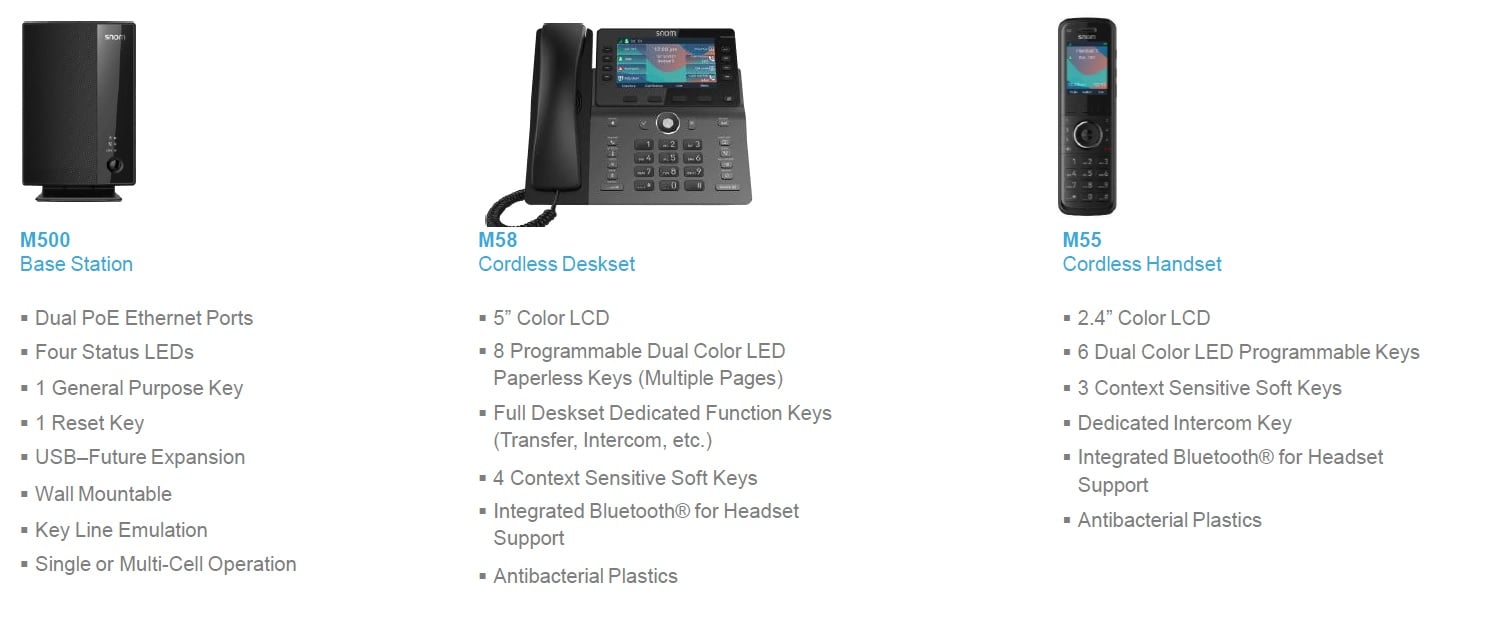
Catching up with a close friend or family member via audio communication—think phone call—does not typically cause much miscommunication or confusion. After all, we are familiar with each other and can easily follow the casual conversation.
Conversely, when you’re trying to make a business deal, audio alone can spell out a myriad of problems.
The business disadvantages of audio conferencing, specifically the absence of visual cues and insight into who is speaking, can stymie communication and lead to delays or the downright collapse of a sales negotiation or any type of information sharing. After all, humans rely on nonverbal behaviors, such as posture, gestures and facial expressions, to gauge reactions. As well, most people’s learning is enhanced by visual representations, which is especially vital when reviewing documents, graphics and pictures.
Web conferencing, as an alternative to audio conferencing, offers significant improvements by including a visual component. By leveraging the technology, companies can enjoy simulated face-to-face interactions (e.g., presentations) via computer monitors or televised screens, and an Internet connection that enables file sharing. Moreover, companies can save considerably when it comes to travel yet still work together cohesively from disparate locations on projects or connect with customers and business partners.
When physical face-to-face meetings among business associates are not feasible due to distance and budget, Web conferencing represents the best modern option for companies to come together in a low-stress, convenient and highly reliable way. You’ll notice a boost in productivity and efficiency when you employ the technology, too, as it improves users’ ability to share information and keeps all participants on the same page—all the while controlling costs. In fact, according to a study by Frost & Sullivan, 55 percent of high-performance companies use Web conferencing, and 29 percent report a positive impact on profitability.
Web conferencing also offers the following core features:
- Remote desktop control: Allows desktop control to be passed among participants
- Live Chat: Real-time transmission of text messages
- Polling: Enables facilitators to post questions to participants and display results in real time
- Electronic whiteboard: Lets participants draw and share simple diagrams in real time
- Recording: Permits every detail of your Web conference, from slides to whiteboard diagrams, to be archived and shared instantly with participants after the meeting
But what can organizations do to offset the challenges that sometimes occur when employing Web conferencing, e.g., delays in Internet connections that can cause snags in media productions? Look no further than WebMeeting. Our product takes away technical difficulties in setup. In fact, all Cloud Phone System users can launch a videoconference in a few simple steps.
By harnessing Google’s WebRTC technology, video and voice communications take place through the Internet browser, which negates the requirement to download any additional software or plug-ins. BVoIP customers will not require any additional server hardware or additional bandwidth either as BVoIP WebMeeting is delivered as a hosted add-on and the actual meeting is streamed via our data centers.
To learn more about web conferencing made easy, click here.























